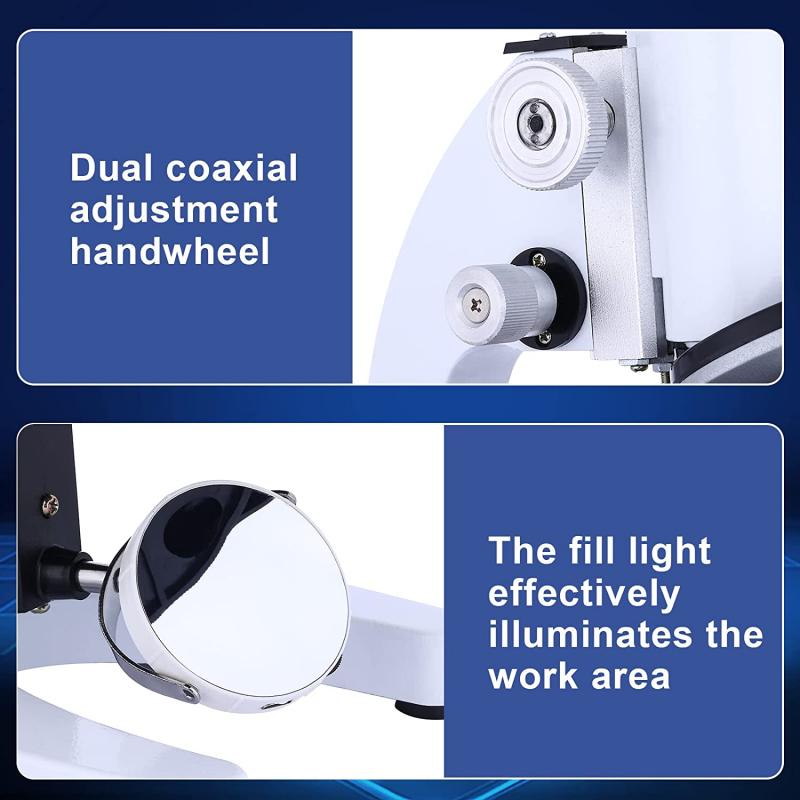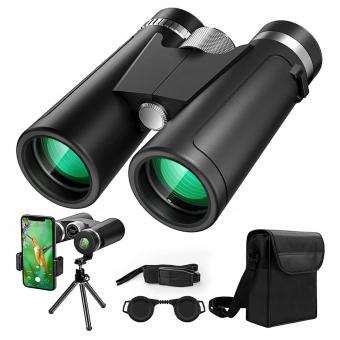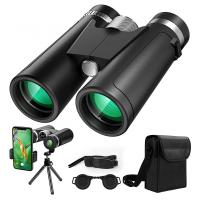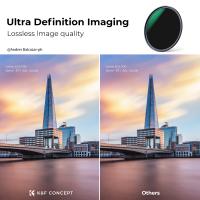How Small Can A Microscope See ?
The resolution of a microscope determines how small it can see. The theoretical limit of resolution for a light microscope is around 200 nanometers, which is the size of a small bacterium. However, with advanced techniques such as super-resolution microscopy, it is possible to achieve resolutions down to a few nanometers, allowing visualization of individual molecules and structures within cells. Electron microscopes, on the other hand, have much higher resolution capabilities and can visualize objects as small as a few picometers, which is the size of an atom.
1、 Resolution: The smallest distance between two distinguishable points.
Resolution refers to the ability of a microscope to distinguish between two closely spaced objects or points. It is a crucial factor in determining the level of detail that can be observed and measured using a microscope. The resolution of a microscope is limited by the wavelength of the light or electrons used for imaging.
In light microscopy, the resolution is determined by the diffraction of light waves as they pass through the lens system. According to the Abbe diffraction limit, the resolution of a light microscope is approximately half the wavelength of the light used. For visible light, which has a wavelength range of 400-700 nanometers, the theoretical limit of resolution is around 200 nanometers. However, with advanced techniques such as confocal microscopy and super-resolution microscopy, scientists have been able to achieve resolutions beyond the diffraction limit. These techniques utilize fluorescent dyes and complex algorithms to overcome the diffraction barrier, allowing for imaging at the nanoscale.
In electron microscopy, the resolution is determined by the wavelength of the electrons used. Electron microscopes have much shorter wavelengths compared to visible light, enabling higher resolution imaging. Transmission electron microscopes (TEM) can achieve resolutions down to a few picometers (10^-12 meters), allowing for the visualization of individual atoms. Scanning electron microscopes (SEM) have slightly lower resolutions, typically in the range of a few nanometers.
It is important to note that the resolution of a microscope is not solely determined by its design or specifications but also by the quality of the sample preparation and imaging techniques employed. Advancements in microscopy techniques and technologies continue to push the boundaries of resolution, enabling scientists to explore the nanoscale world with increasing precision.
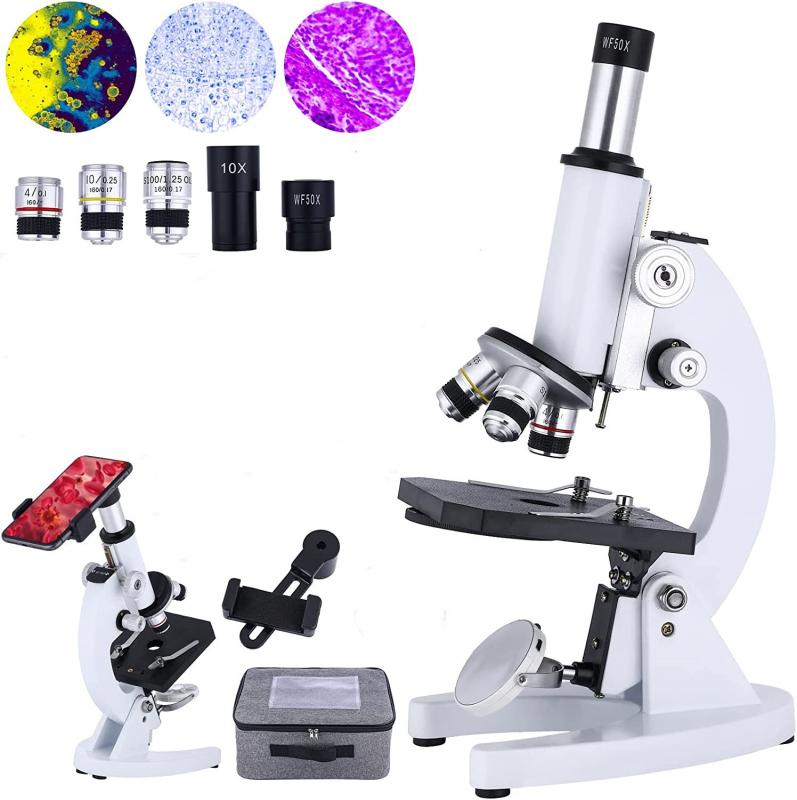
2、 Magnification: The degree to which an object is enlarged.
Magnification is a fundamental concept in microscopy that refers to the degree to which an object is enlarged when viewed through a microscope. It is commonly understood as the ratio between the size of an object as seen under the microscope and its actual size. However, it is important to note that magnification alone does not determine the smallest size that a microscope can see.
The smallest size that a microscope can resolve is determined by its resolving power, also known as the limit of resolution. Resolving power is the ability of a microscope to distinguish between two closely spaced objects as separate entities. It depends on various factors, including the wavelength of light or electrons used, the numerical aperture of the lens system, and the quality of the optics.
In traditional light microscopy, the resolving power is limited by the wavelength of visible light, which is around 400-700 nanometers. According to the Abbe diffraction limit, the smallest resolvable detail is approximately half the wavelength of light used, which translates to around 200-350 nanometers. However, recent advancements in microscopy techniques have pushed the limits of resolution even further.
Super-resolution microscopy techniques, such as stimulated emission depletion (STED) microscopy, structured illumination microscopy (SIM), and single-molecule localization microscopy (SMLM), have revolutionized the field by breaking the diffraction limit. These techniques utilize various principles to achieve resolutions on the nanoscale, allowing scientists to visualize structures as small as a few nanometers.
In conclusion, the smallest size that a microscope can see is not solely determined by magnification but rather by the resolving power of the microscope. With the advent of super-resolution microscopy techniques, scientists can now visualize structures on the nanoscale, pushing the boundaries of what was previously thought possible in microscopy.
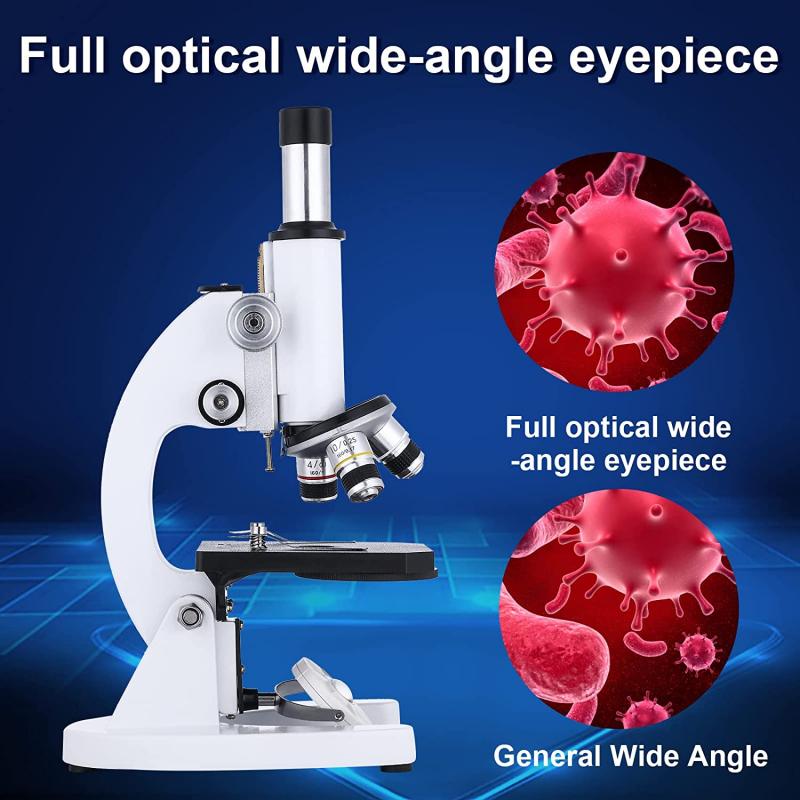
3、 Limit of Detection: The smallest object or feature that can be detected.
The limit of detection of a microscope refers to the smallest object or feature that can be detected using the instrument. The ability to visualize and resolve tiny structures is crucial in various scientific fields, including biology, materials science, and nanotechnology.
The limit of detection of a microscope depends on several factors, including the type of microscope, the quality of the optics, and the wavelength of light used. In general, optical microscopes, which use visible light, have a limit of detection in the range of a few hundred nanometers. This means that they can resolve objects or features that are larger than this size.
However, advancements in microscopy techniques have pushed the limits of detection even further. Super-resolution microscopy techniques, such as stimulated emission depletion (STED) microscopy and stochastic optical reconstruction microscopy (STORM), have enabled scientists to visualize structures at the nanoscale. These techniques use clever tricks to overcome the diffraction limit of light, which is the fundamental limit of resolution for traditional optical microscopes.
With super-resolution microscopy, scientists have been able to visualize structures as small as a few nanometers. This has opened up new possibilities for studying cellular structures, molecular interactions, and nanomaterials with unprecedented detail.
It is important to note that the limit of detection is not solely determined by the microscope itself but also by the sample being observed. If the sample is highly transparent or lacks contrast, it may be more challenging to detect small features.
In conclusion, the limit of detection of a microscope depends on various factors, but with the advent of super-resolution microscopy techniques, scientists can now visualize structures at the nanoscale. The continuous advancements in microscopy technology hold promise for further pushing the boundaries of what can be seen and understood at the smallest scales.

4、 Numerical Aperture: Determines the resolving power of a microscope.
Numerical Aperture: Determines the resolving power of a microscope.
The numerical aperture (NA) of a microscope is a crucial factor in determining its resolving power, which refers to the smallest details that can be observed and distinguished by the microscope. In simple terms, the numerical aperture is a measure of the light-gathering ability of the microscope's objective lens.
The resolving power of a microscope is directly proportional to the numerical aperture. The higher the numerical aperture, the better the resolving power, and the smaller the details that can be observed. This is because a higher numerical aperture allows the microscope to capture more light rays and gather more information about the specimen.
However, there are limits to how small a microscope can see, even with a high numerical aperture. The theoretical limit of resolution, known as the Abbe diffraction limit, was established by Ernst Abbe in the late 19th century. According to this limit, the smallest resolvable detail is approximately half the wavelength of the light used to illuminate the specimen.
In practice, the smallest resolvable detail is often larger than the theoretical limit due to various factors such as lens imperfections, aberrations, and diffraction. Additionally, the type of microscope and the technique used can also affect the achievable resolution. For example, electron microscopes, which use a beam of electrons instead of light, can achieve much higher resolutions than optical microscopes.
In recent years, advancements in microscopy techniques have pushed the limits of resolution even further. Super-resolution microscopy techniques, such as stimulated emission depletion (STED) microscopy and structured illumination microscopy (SIM), have enabled scientists to observe details beyond the diffraction limit. These techniques utilize clever strategies to overcome the diffraction barrier and achieve resolutions on the nanoscale.
In conclusion, the numerical aperture of a microscope determines its resolving power, which in turn determines the smallest details that can be observed. While there are theoretical limits to resolution, advancements in microscopy techniques continue to push the boundaries and allow scientists to see smaller and smaller details.
